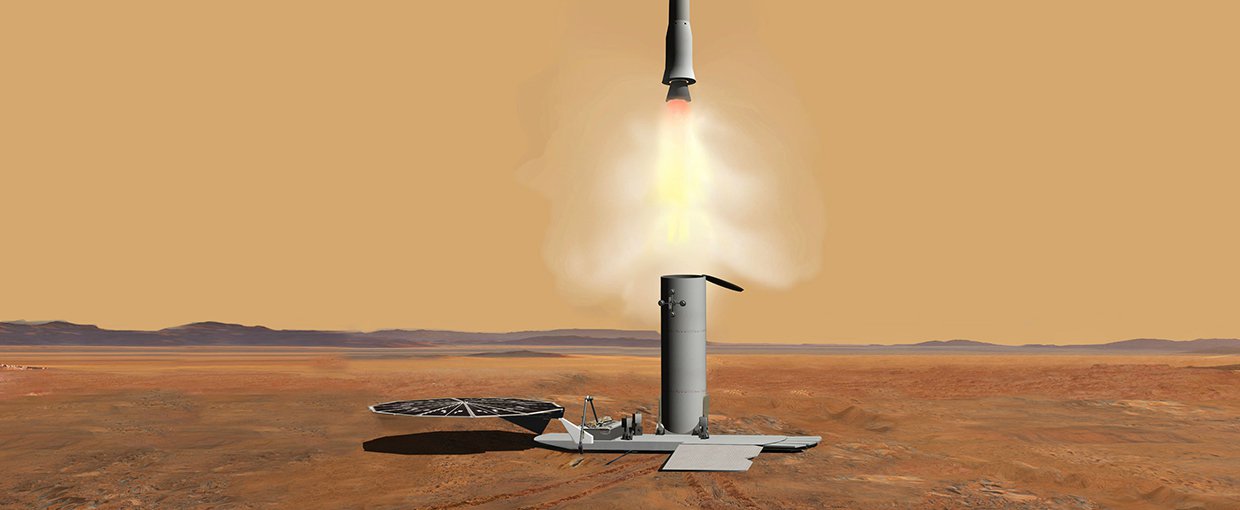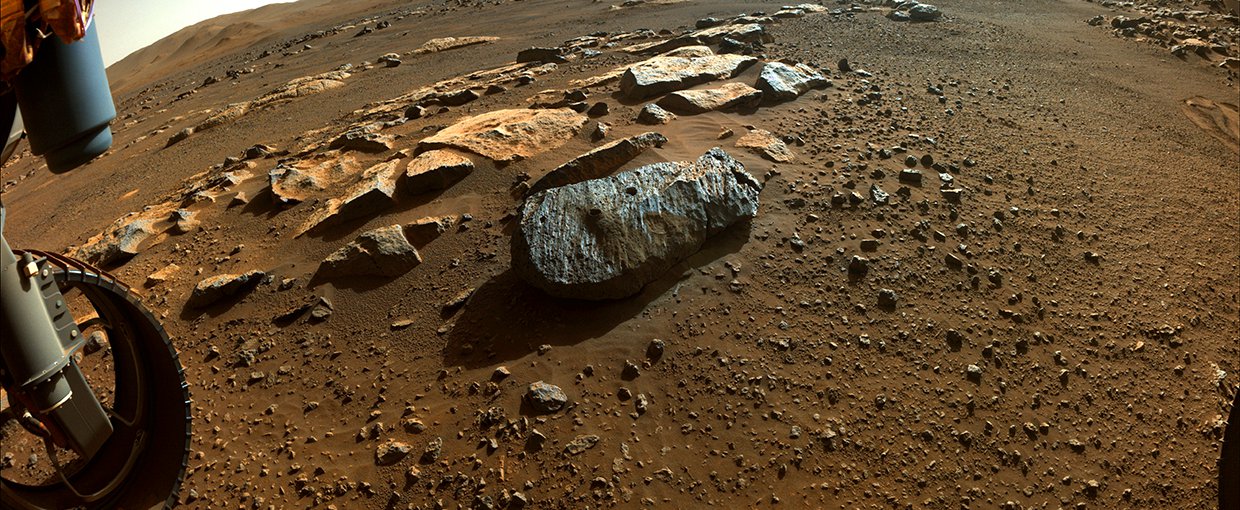
NASA and the European Space Agency’s (ESA) planned Mars Sample Return (MSR) mission is the topic of a special June 2022 edition of the scientific journal Astrobiology. The collection of open access articles covers a wide range of topics relevant to sample science and includes work from a number of NASA-funded scientists.
NASA and ESA are currently developing technology and methods to transport samples of rock and dust from the surface of Mars to Earth. For more information about Mars Sample Return, visit https://mars.nasa.gov/msr.
The first step in this endeavor is NASA’s Perseverance rover, which is currently collecting and caching samples on Mars. If these samples are successfully delivered into the hands of scientists on Earth in the early to mid 2030s, they could help answer key questions about the ancient martian environment, including whether or not it could have supported life.
Click here to view the articles in Volume 22, Issue S1, of the journal Astrobiology.
How the Perseverance Mars Rover Will Help NASA Return Mars Samples to Earth. Credit: NASA


